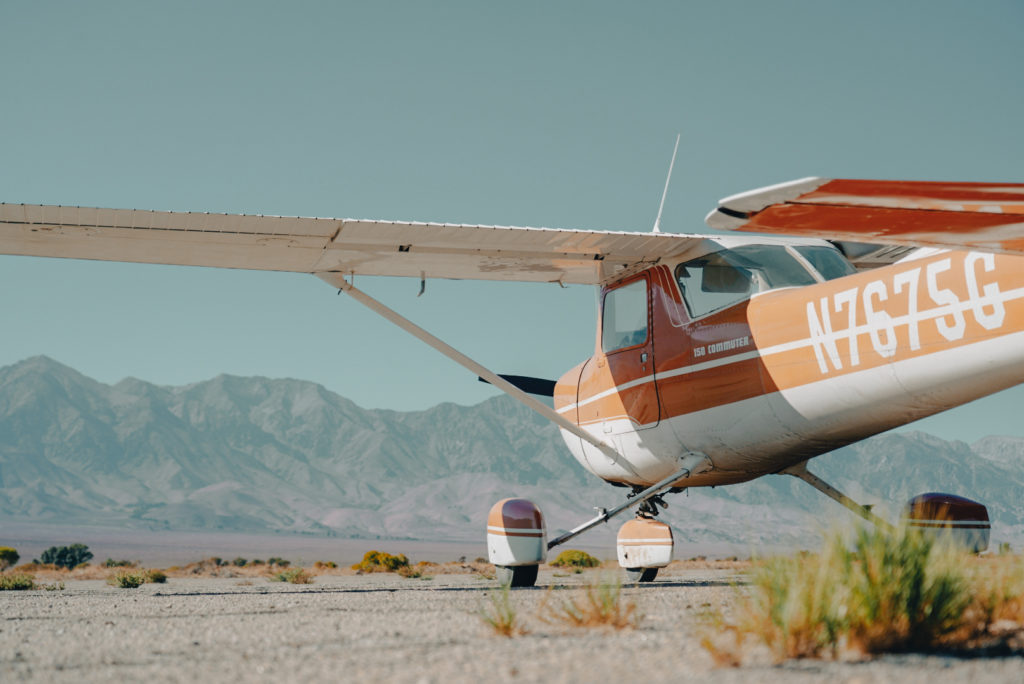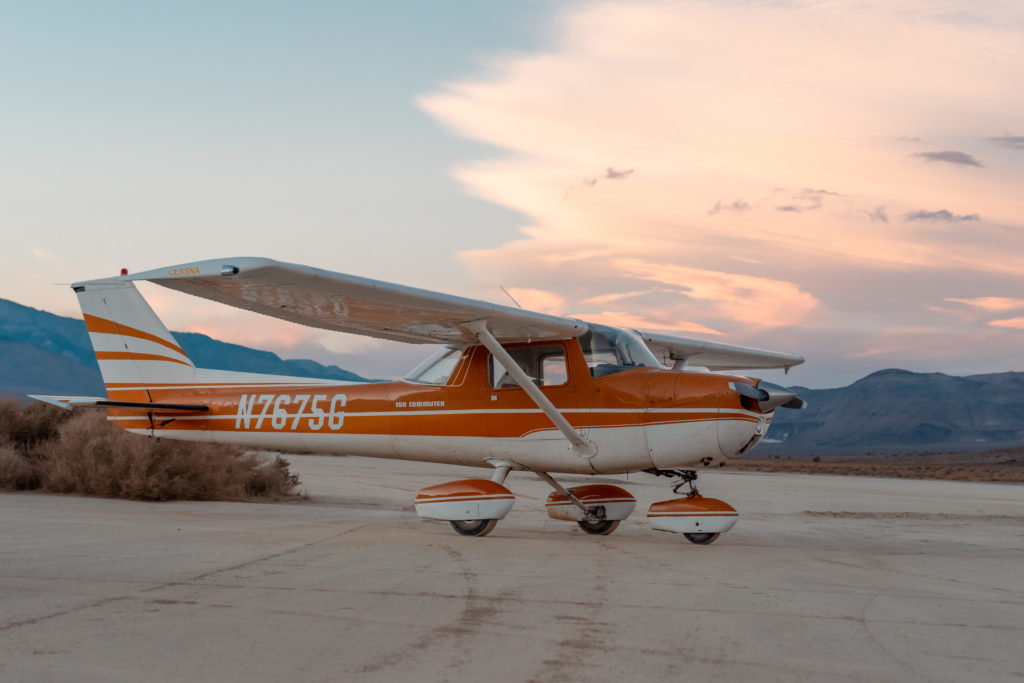Estimated reading time 9 minutes, 3 seconds.
It’s a beautiful, early November day at my home airport in Tehachapi, California. It’s Friday, and I’m ready to enjoy a last-minute weekend getaway with my wife. We’ve scored tickets to see one of our favorite bands and managed to get a reservation at that kitschy hotel my wife has always wanted to stay at.
During the wind down of the week, I find myself doing what I usually do — looking for an excuse to fly. I’ve been tossing around the idea of packing our bags into our 1973 Cessna 150 to make the 110-nautical-mile trip to San Luis Obispo, reassuring my wife that the hassle of arranging a rental car will surely be worth it.

As I check the terminal aerodrome forecast and model output statistics, the outlook isn’t promising. Low scattered and broken ceilings have been forecast for our destination in the exact window we would arrive. VFR, or visual flight rules, means I’m restricted to flying when the weather is good and that I must remain clear of all clouds. Predominantly VFR conditions are expected to exist if I delay the departure, but that would mean this relatively low-time VFR pilot is landing at a new airport, at night, in weather that is less than ideal.
So, I go back to my original plan. “What if I depart as planned and then we could simply fly up the coast, get under the layer, and approach from the south?” I think to myself. Well, that would work if it weren’t for the restricted areas along the coast and needing to rely on a transition through a military-class Delta that I may not get. So, back to the drawing board.
“What if I depart and go north first around the mountains, and come down that way?” I wonder. Yeah, that’ll work — except for the weather being worse in that direction during our scheduled arrival time.
I’ve gotten into my head that flying would really take the whole trip up a notch. After all, this is a quick weekend getaway to see a band that we’ve wanted to see for a long time, and stay at a hotel that my wife has always wanted to stay at. If it’s in my power to make it even more special, I want to do that.
I really want to fly, so why won’t the dang weather let me? There has to be something I can do. That’s when I hear my wife say from the other room: “I’m ready when you are!”
Despite the little boy inside me throwing a tantrum, I grab the car keys and make the decision to drive. My non-pilot wife asks why we’re not flying. I sum up my internal back-and-forth to: “It’s the weather.”

Sitting in the car as I wait for my wife — whose definition of “ready” evidently differs from mine — I can’t help but open my phone and check the weather at my destination. What was broken at 1,300 feet is now scattered at 1,600.
For a second, I think, “That’s it, weather is good, let’s go!” But another voice in my head recognizes that this sort of wishy-washy decision-making (or lack thereof) probably isn’t a recipe for success. What if we get close and have to turn around? Shortening an already short overnight trip to fly back, put the plane up, and drive would have us narrowly missing the concert. Or, even worse, what if I feel pressured to make this work and get into a position where I continue to press on when I normally wouldn’t? So, I stick with the decision to drive.
During the drive, the weather is beautiful. Clear skies and cool temperatures have never made me more frustrated.
“We could’ve flown,” I say to my wife, who is indifferent on the matter at this point.
Another 20 minutes down the road, and the clear skies turn to dark clouds. As my eyes wander to the sky, I think, “Good decision, Bryan. This doesn’t look great, although I could probably pick a way through that hole over there, and then head over there and hit that hole, and I’d be good.”
I ride the emotional roller coaster of if we could or couldn’t have made it.
Ultimately, as we climb in elevation to get over the mountain pass, I notice the mountain peaks obscured by clouds. Getting through that would’ve been next to impossible. I pat myself on the back for making the no-go decision, and for not second guessing myself. Not even once.
The Cessna 150 will be waiting when we return, and I’ll be flying soon enough.

I couldn’t help but realize that this experience may not be all that uncommon. We’re in the no-go season, and, although it may be a tough pill to swallow, we as VFR pilots need to recognize this and plan accordingly. It’s not easy to make the call, but when we decide to include those who place their trust in us, we owe it to them (and ourselves) to make the safe call.
Be confident in your decision, because as the old adage goes: “I’d rather be on the ground wishing I was in the air, than in the air wishing I was on the ground.”
These are the things we signed up for as pilots, and I think it’s all part of the joy of general aviation.
We still had a fantastic weekend, and made it to all of our reservations safely and without incident — something that may not have been possible if I had pressed the decision to fly.
So, if you can’t go confidently, no-go confidently.
Bryan Weathers is an FAA-certified air traffic controller with over 11 years of control experience in six countries. He is also a private pilot. When he isn’t talking to airplanes, he’s flying a 1973 Cessna 150, looking for new adventures and people to share them with.








